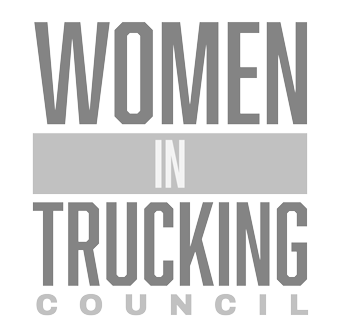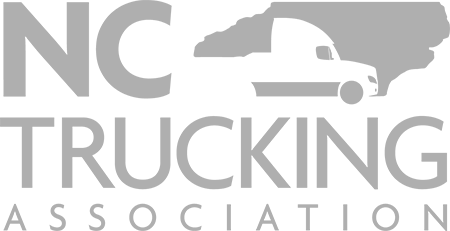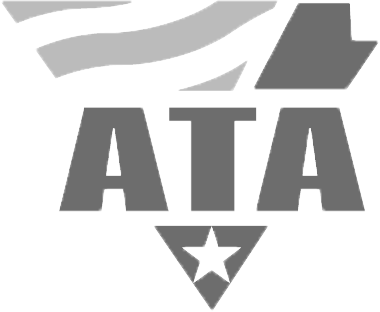The Shifting Tides of North American Cross-Border Transport
The landscape of North American logistics is undergoing a significant transformation. In recent years, we’ve seen a notable shift as U.S.-based companies increasingly look closer to home to source goods and manufacture products. This strategic move, often referred to as nearshoring, is directly influencing cross-border freight movements, particularly between the United States and Mexico. Effectively managing and de-risking mexico cross-border surge 2024 is now a critical focus for supply chain professionals.
This trend gained considerable momentum following the disruptions experienced during and after the global pandemic, which exposed vulnerabilities in extended, Far East-centric supply chains. The desire to shorten transit times, reduce transportation costs, and enhance supply chain resilience has made Mexico an increasingly attractive manufacturing and sourcing destination.
Decoding the Drivers Behind the Mexico Surge
Several factors are contributing to the surge in cross-border activity with Mexico. At the forefront is the nearshoring trend, driven by a need for greater supply chain reliability and proximity to the large U.S. consumer market. Instead of relying solely on production overseas, companies are establishing or expanding operations in Mexico to be closer to their end customers.
Economic data underscores this shift. For the first time in two decades, Mexico surpassed China to become the United States’ largest trading partner, according to recent Census Bureau figures. This change reflects a significant redirection of trade flows and manufacturing investment.
The sheer volume of freight movements highlights the scale of this change. Last year, there were hundreds of thousands of cross-border freight movements between the U.S., Canada, and Mexico. A substantial portion of this activity involved the U.S. and Mexico border, with tens of thousands of monthly movements recorded.
Navigating Congestion and Capacity Challenges at the Border
While the surge in cross-border trade with Mexico presents numerous opportunities, it also comes with inherent challenges. Increased freight volume at key border crossings, such as the busy Laredo gateway, can lead to significant congestion and put a strain on existing infrastructure and carrier capacity. Shippers are finding that simply booking a truck is becoming more complex, requiring earlier planning and flexible strategies.
Border delays can impact transit times, increase costs, and potentially disrupt carefully planned supply chain schedules. These challenges necessitate a proactive approach to logistics management, focusing on optimizing routes, understanding peak times, and building strong relationships with carriers who have established operations and expertise in cross-border movements.
Key Strategies for De-risking the Mexico Cross-Border Surge in 2024
Successfully navigating the complexities and opportunities of the growing U.S.-Mexico trade requires deliberate strategies aimed at mitigating risk. Here are some key approaches to consider for de-risking the mexico cross-border surge 2024:
- Partner with Experienced Carriers: Engaging with carriers who possess deep expertise and established infrastructure at the border is crucial. Look for partners with a strong track record in cross-border operations, familiar with the nuances of customs procedures and border protocols.
- Leverage Hybrid Capacity Models: A combination of owned assets and brokerage capabilities can offer greater flexibility and access to capacity, helping to navigate market volatility. Carriers with an asset + brokerage hybrid model are often better equipped to handle fluctuating demand and unexpected disruptions.
- Prioritize Real-Time Visibility: In a dynamic environment, knowing exactly where your freight is at all times is invaluable. Implementing technology solutions that provide real-time tracking and visibility allows for better decision-making and proactive problem-solving. API-ready tracking that can integrate with existing customer systems is a significant advantage.
- Focus on Security Protocols: Increased border activity can sometimes correlate with heightened security risks, including cargo theft. Work with carriers who have robust security measures in place, from modern equipment with tracking capabilities to established security protocols at yards and during transit. Protecting Mexico cross-border trade security should be a top priority.
- Plan and Communicate Proactively: Avoid last-minute bookings and rushed processes. Early planning, clear communication with your logistics partners, and sharing accurate shipment details can help smooth the cross-border process and reduce the likelihood of delays or issues.
Mastering Customs Procedures and Compliance
One of the most critical aspects of de-risking the mexico cross-border surge 2024 is a thorough understanding and strict adherence to customs procedures and trade regulations. Both U.S. and Mexican customs agencies have specific requirements that must be met for goods to cross the border efficiently and legally. These regulations can change, requiring continuous attention and expertise.
Working with partners who have experienced customs brokers or a dedicated compliance team can significantly simplify this process. Ensuring all documentation is accurate and complete before reaching the border is paramount to avoiding costly delays and potential penalties.
Staying informed about updates to trade agreements and customs rules, such as those under the USMCA, is essential for maintaining compliance and streamlining cross-border movements. U.S. Customs and Border Protection (CBP) and Mexico’s Servicio de Administración Tributaria (SAT) are key resources for official information.
Planning Ahead in a Dynamic Trade Environment
The future of North American cross-border transport looks set to remain dynamic, with nearshoring continuing to drive increased volume to and from Mexico. For businesses to thrive in this environment, a strategic and forward-thinking approach to logistics is non-negotiable. Effective planning, leveraging technology for visibility, and partnering with experienced, reliable carriers are fundamental steps in successfully de-risking the mexico cross-border surge 2024.
The benefits of nearshoring – including reduced transit times and increased supply chain resilience – are significant, but realizing these benefits requires careful navigation of the associated logistical challenges. By implementing the strategies outlined above, companies can optimize their cross-border operations and turn potential risks into opportunities for growth and efficiency.
Adapting to the shifting trade landscape and focusing on robust cross-border logistics will be key competitive differentiators in the years to come. Proactive engagement with the complexities of the U.S.-Mexico border is the best way to ensure smooth, secure, and efficient freight movement.
Have questions? Contact us here.














